
A Night of Soap Water(2021)
The film is an observational telling of a watchman in an apartment complex in Guwahati, Assam, India. It blends documentary to explore his alienation and raise the question of empathy vis-a-vis his occupation: its existence beyond what may be referred to as a linear time or the time occupied by the privileged. His time is interpreted as existing in an another time characterised by the banal quality of his job. The film attempts to do away with any narrative control where the subject (the spectator) too exercises a reciprocal gaze on the filmer: by becoming an observer to his own filming, the film's own privileged gaze is confronted.
Movie: A Night of Soap Water
Top 1 Billed Cast
Spectator
Video Trailer A Night of Soap Water
Similar Movies
 6.2
6.2Galician Caress (of Clay)(es)
This film was reconstructed and completed in 1995 by Javier Codesal for the Filmoteca de Andalucia, from the montage and the sound that Val del Omar had outlined before his death, after having returned to a project abandoned twenty years before with the incorporation of significant additions (above all in the soundtrack). Val del Omar's notes show that, as he typically did, he had other alternative titles in mind, such as "Acariño de la Terra Meiga" (Caress of the Magic Land), "Acariño a nosa terra" (Caress of Our Land), or "Barro de ánimas" (Clay of Souls), and that in the final phase of the unfinished project he wanted to add a second sound channel – following the diaphonic principle, and using electro-acoustic techniques – consisting of ambient material that he intended to record at the first screenings of the film in the very places and to the very people that were its origin: its "clay".
 6.8
6.8Fire in Castilla (Tactilvision from the Moor of the Fright)(es)
A short, experimental documentary featuring sculptures by Alonso de Berruguete and Juan de Juni. Shot within the Valladolid National Museum, the film is an excercise in what Val de Omar called "Tactile vision".
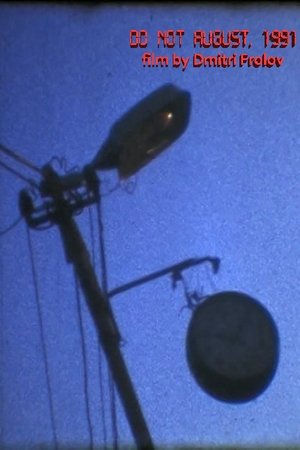 10.0
10.0Do Not August, 1991(ru)
The film was made in the days of the August 1991 coup in Leningrad, USSR . Respecting the manner of a proprietary parallel cinema with the use of hand-held camera . Subsequently, Lars von Trier in his " Dogma " went on the same way , using a handheld camera without a tripod or placing special light. The soundtrack of the film is the soundtrack Emergency Committee appeal for the All-Union Radio August 19, 1991 . The film captured the moment of change red tricolor flag on the roof of the Mariinsky Palace on August 20, 1991.
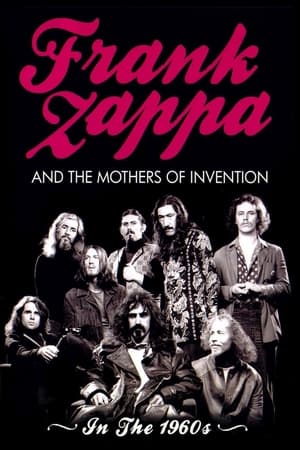 0.0
0.0Frank Zappa and the Mothers of Invention: In the 1960's(en)
Here's the most detailed, informative, fascinating Zappa & the Mothers doc yet! Their restless experimentation and agitated social satire come into sharper focus as music journalists and Zappa biographers chime in with Zappa's bandmates and as you watch rare '60s performances and interviews.
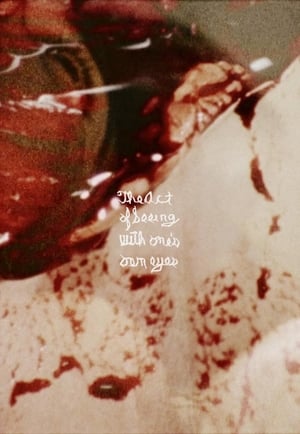 6.3
6.3The Act of Seeing with One's Own Eyes(en)
At a morgue, forensic pathologists conduct autopsies of the corpses assigned. "S. Brakhage, entering, WITH HIS CAMERA, one of the forbidden, terrific locations of our culture, the autopsy room. It is a place wherein, inversely, life is cherished, for it exists to affirm that no one of us may die without our knowing exactly why. All of us, in the person of the coroner, must see that, for ourselves, with our own eyes. It is a room full of appalling particular intimacies, the last ditch of individuation. Here our vague nightmare of mortality acquires the names and faces of OTHERS. This last is a process that requires a WITNESS; and what 'idea' may finally have inserted itself into the sensible world we can still scarcely guess, for the CAMERA would seem the perfect Eidetic Witness, staring with perfect compassion where we can scarcely bear to glance." – Hollis Frampton
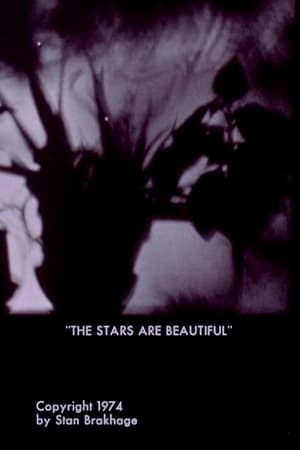 5.0
5.0The Stars Are Beautiful(en)
We move back and forth between scenes of a family at home and thoughts about the stars and creation. Children hold chickens while an adult clips their wings; we see a forest; a narrator talks about stars and light and eternity. A dog joins the hens and the family, while the narrator explains the heavens. We see a bee up close. The narrator suggests metaphors for heavenly bodies. Scenes fade into a black screen or dim purple; close-ups of family life may be blurry. The words about the heavens, such as "The stars are a flock of hummingbirds," contrast with images and sounds of real children.
 6.2
6.2Histoire(s) du Cinéma 1a: All the (Hi)stories(fr)
A very personal look at the history of cinema directed, written and edited by Jean-Luc Godard in his Swiss residence in Rolle for ten years (1988-98); a monumental collage, constructed from film fragments, texts and quotations, photos and paintings, music and sound, and diverse readings; a critical, beautiful and melancholic vision of cinematographic art.
 0.0
0.0Conversation with Two Lovers(en)
Shot in two places marrying with each other by a single and fractured bridge between Condrieu and les Roches-de-Condrieu, this film is the continuation of exploring ephemeral movement through the use of editing, camera movements and color sampling.
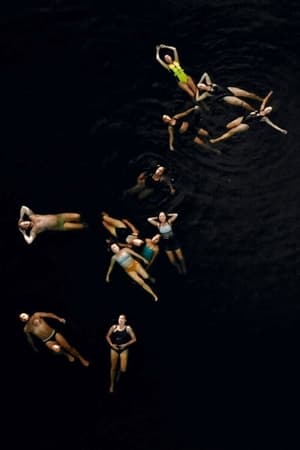 0.0
0.0Lake(en)
Lake gazes down at a still body of water from a birds-eye view, while a group of artists peacefully float in and out of the frame or work to stay at the surface. As they glide farther away and draw closer together, they reach out in collective queer and desirous exchanges — holding hands, drifting over and under their neighbors, making space, taking care of each other with a casual, gentle intimacy while they come together as individual parts of a whole. The video reflects on notions of togetherness and feminist theorist Silvia Federici’s call to “reconnect what capitalism has divided: our relation with nature, with others, and our bodies.”
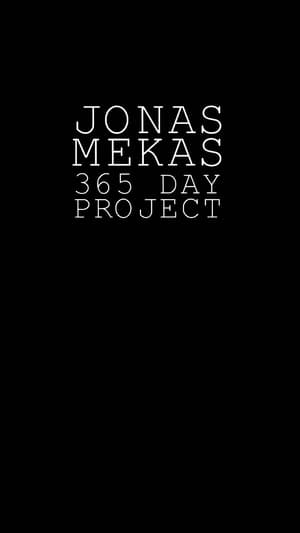 10.0
10.0365 Day Project(en)
This exhibition focuses on Jonas Mekas’ 365 Day Project, a succession of films and videos in calendar form. Every day as of January 1st, 2007 and for an entire year, as indicated in the title, a large public (the artist's friends, as well as unknowns) were invited to view a diary of short films of various lengths (from one to twenty minutes) on the Internet. A movie was posted each day, adding to the previously posted pieces, resulting altogether in nearly thirty-eight hours of moving images.
 0.0
0.0Hunting Confessions(en)
"This project consists a visual fluidity of construction, harmony and thoughts taking colors and length from this body of autonomy. Different images between figuration and abstraction are created by meaning and phenomenon letting the decoupage revealing a piece of a strange underworld. I built it like a window opened to the fresh air of improvisation by familiar landscapes, those exact moments articulating a connection between light and movement."
 7.0
7.0Royaume(fr)
Light, colour, abstraction, perception, hallucination: a few concerns closely akin to those of ETANT DONNÉS which, however, do not amount to them. The most fruitful feature of such closeness lies in the tension of the many differences, and mainly, for ETANT DONNÉS, the issue of the primacy of the visible and the real, which does not exclude the pursuit of sensation.
 5.0
5.0Swinging Light(en)
An experience of a camera swinging in different gestures facing the optical distortion of the Sun. The last appearance of the smudge.
Naran Ja(en)
After being invited by Benjamin Millepied to a rehearsal for the L.A Dance Project's premiere performance, Oscar-nominated director Alejandro G. Iñárritu was inspired to make a video-exercise that documents movement and dance in an experimental way, with a stream of consciousness narrative. The story takes place in a secluded, dusty space and centers around LADP dancer Julia Eichten who seems to be on an eternal search... for herself.
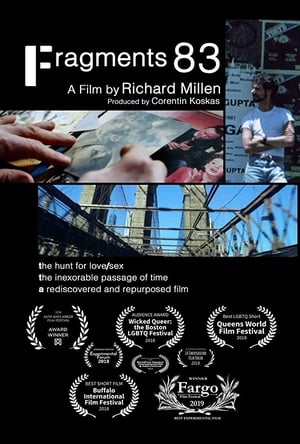 0.0
0.0Fragments 83(en)
Fragments 83 rediscovers—and repurposes—Richard Millen 1983 experimental film If You Can’t Be with the One You Love, shot in Brooklyn and the West Village in the early days of the AIDS epidemic. The resulting documentary explores the hunt for sex/love, the joy of making cinema, and the inexorable passage of time.
Centers(en)
Poet and artist Vito Acconci points his finger towards the camera and his own reflection in an offscreen video monitor.
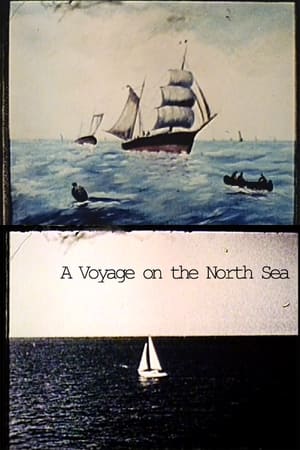 0.0
0.0A Voyage on the North Sea(en)
Marcel Broodthaers’ film and book, both titled A Voyage on the North Sea which were distributed together as part and parcel of the same publishing plot. The ostensibly related subject of both book and film consists mutually of 19th and 20th century nautical images including: 1. photographic reproductions and details of an amateur’s 19th century painting of a fleet of fishing ships and 2. photographs of a contemporary sailboat.
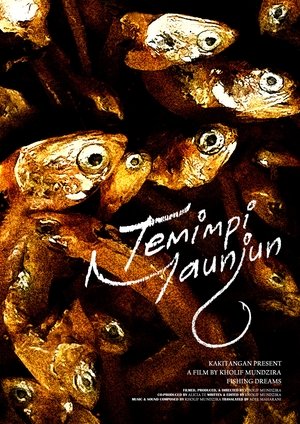 0.0
0.0Fishing Dreams(id)
Someone tells of a dream he had, which was to go fishing and get lots of fish, this kind of dream is often associated with a symbol of good luck. But he was afraid that the dream would happen again and again, from generation to generation.
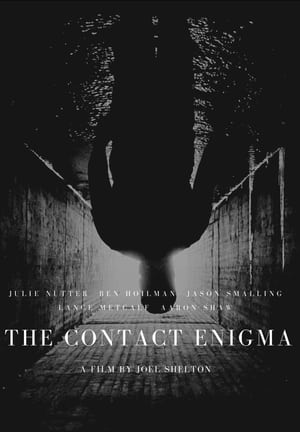 6.0
6.0The Contact Enigma(en)
Three people become connected through mysterious circumstances involving electronic devices which spontaneously appeared in their world.


